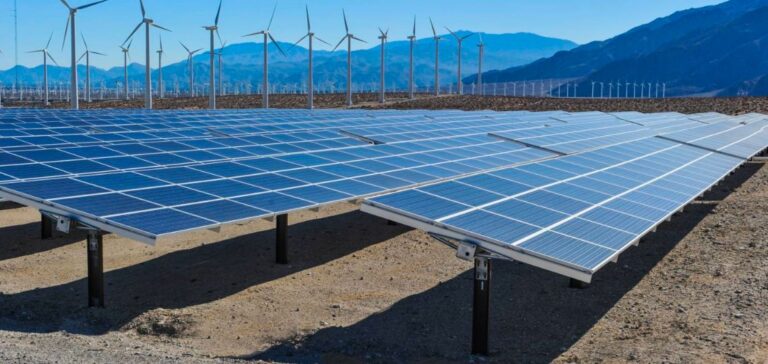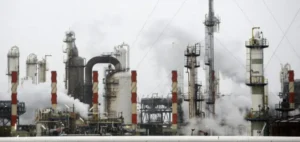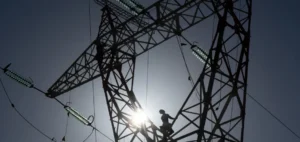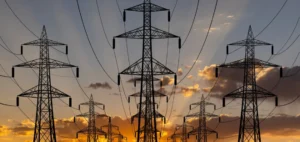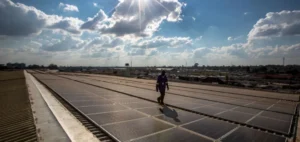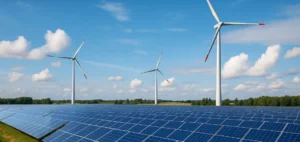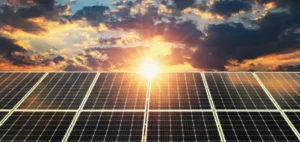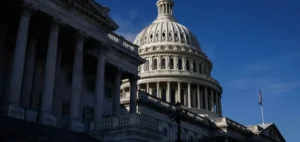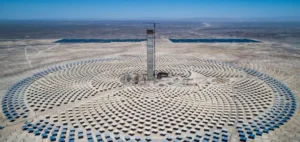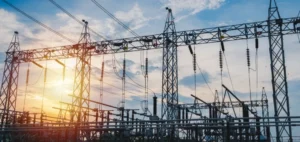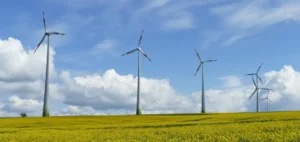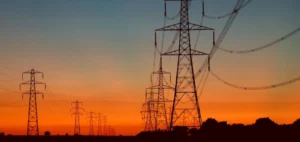The Illawara REZ, or Renewable Energy Zone of Illawarra, is attracting investors. After a call for expressions of interest, it attracted potential investments amounting to $43 billion.
The Illawarra REZ, a reflection of Australian politics
The development of renewable energies is confirmed in this area by the potential investment of over 43 billion dollars. Renewable energy is growing and many companies are interested in it.
The energy crisis, the fear of a shortage and the questioning of fossil fuels are accelerating the development of and investments in renewable energies. Thus, it is the political and economic actors who support the projects.
Furthermore, in order to reach Net Zero by 2050, Australia must accelerate the development of renewable energy. In fact, a recent report highlights this need. Despite efforts, the country is short of renewable energy.
Multiple projects
This strategic region already includes energy, port and transportation infrastructures.
The Illawarra REZ has no less than 44 projects. These cover many areas: offshore and onshore wind, solar, energy storage, hydroelectricity, renewable hydrogen…
This diversity of investments reflects the significant growth of the renewable energy sector. These investments are expected to boost the economy and employment in the region according to EnergyCo, which is committed to supporting the region.
The Illawarra will therefore be helped by the REZ. In fact, the Illawarra is the example of renewable energy development in Australia.


